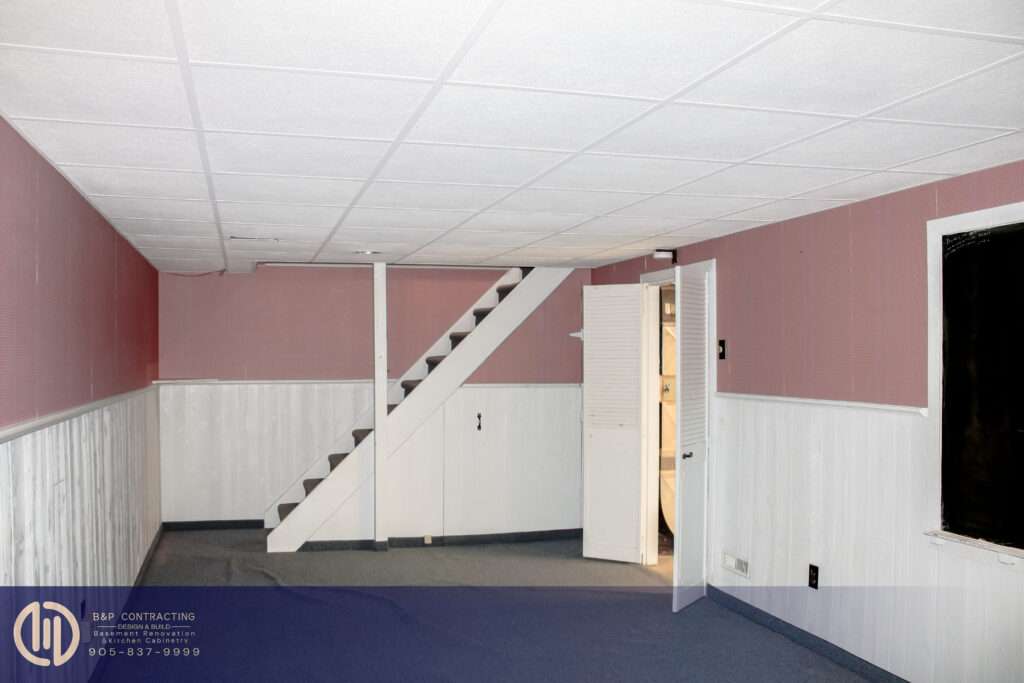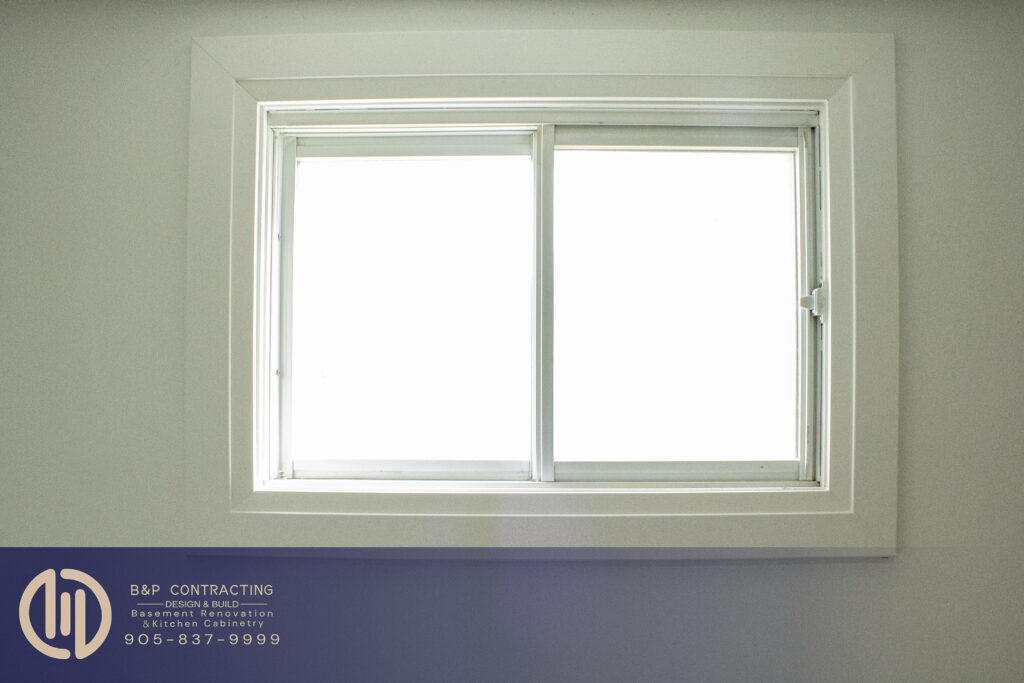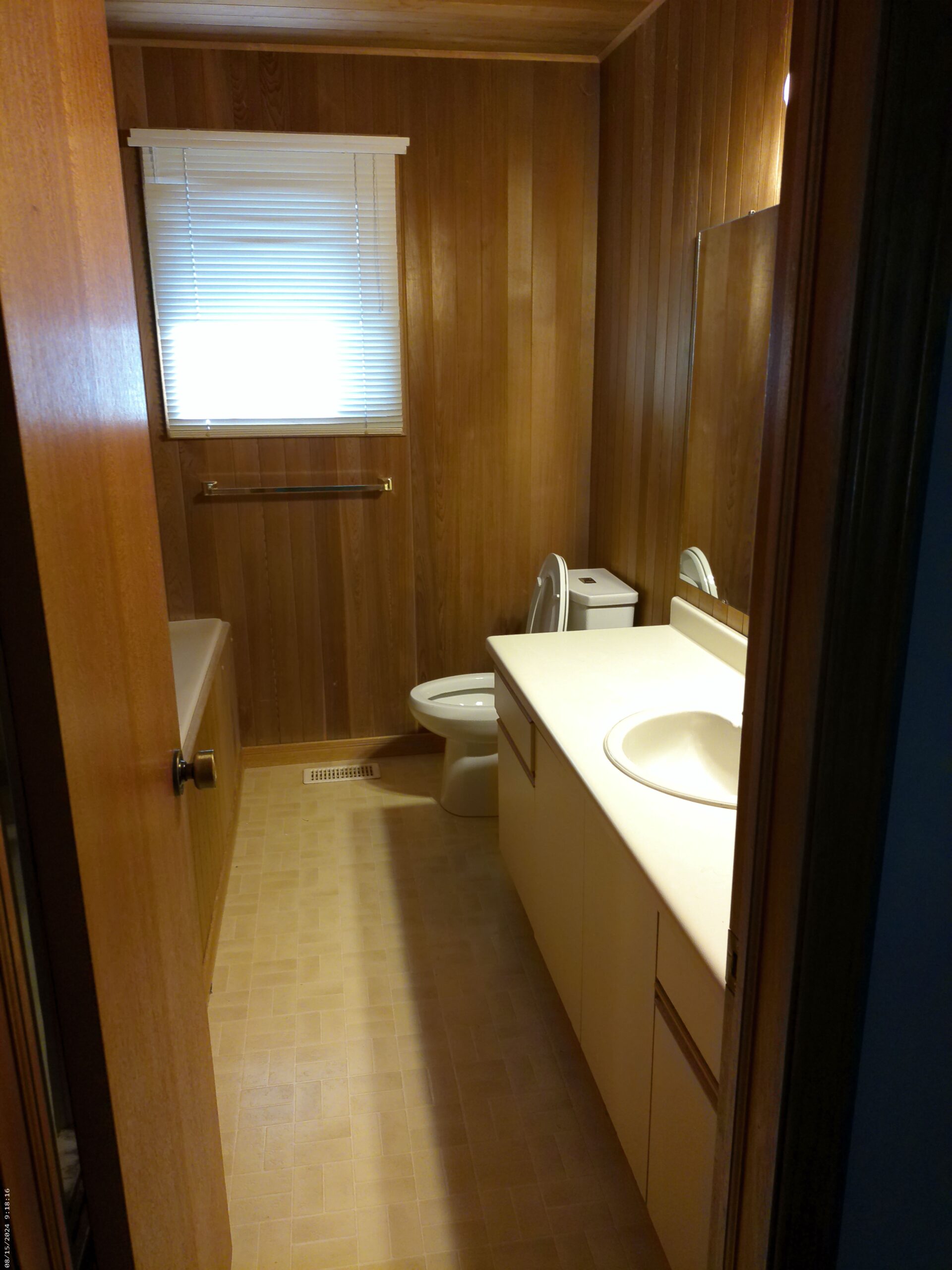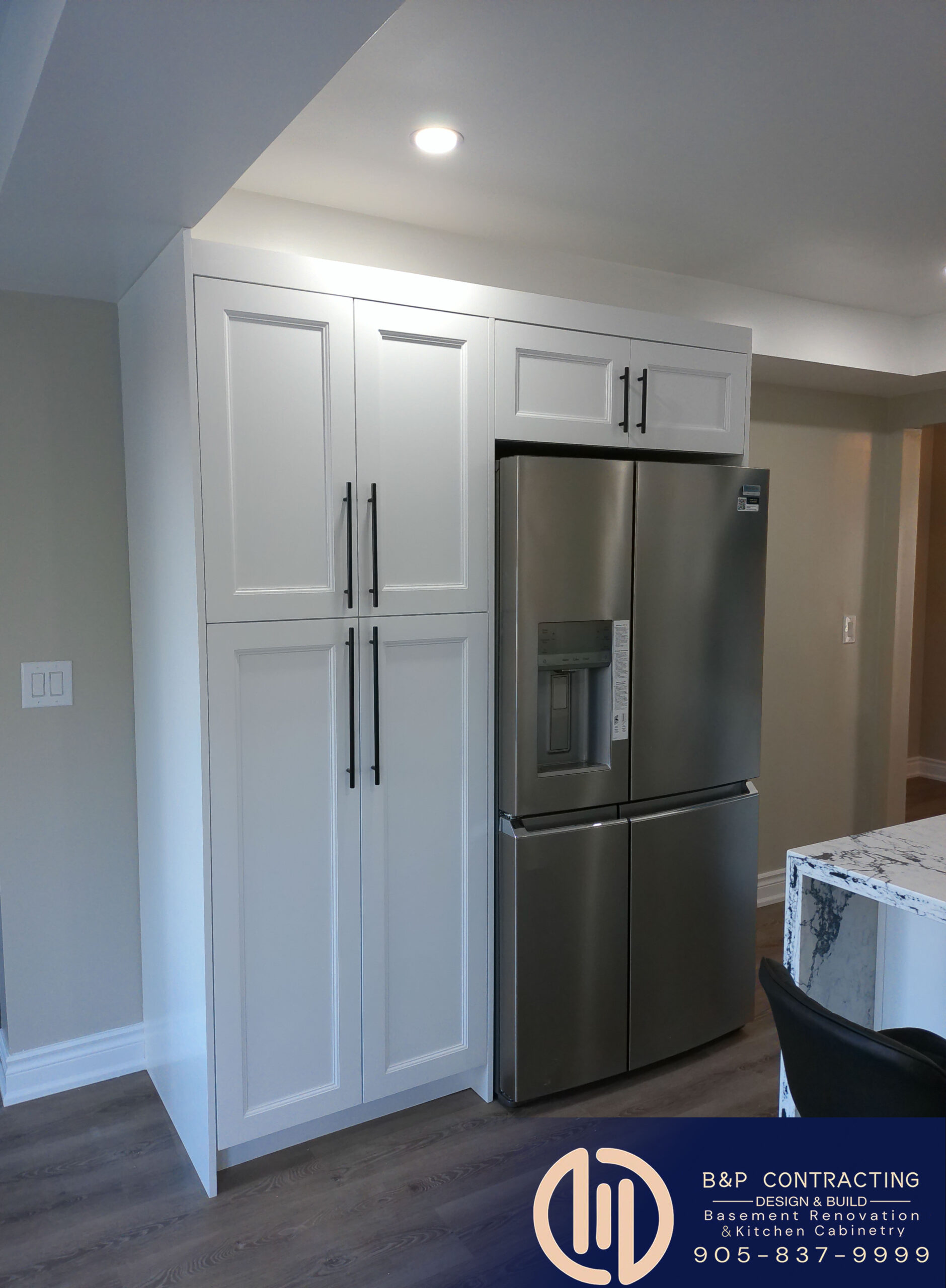What Is the Minimum Ceiling Height for a Legal Basement Apartment?
When designing or renovating a basement apartment, ensuring compliance with local building codes is essential. One critical aspect of legalizing a basement apartment is meeting the minimum ceiling height requirements. Here’s a straightforward guide to help you understand these requirements and ensure your project is up to standard.

Minimum Ceiling Height Requirements
The minimum ceiling height for a legal basement apartment depends on the age of the house:
For houses more than 5 years old: The minimum ceiling height is 1950mm (6′-5″).
For houses less than 5 years old: The minimum ceiling height is 2100mm (6’10.5″).
These measurements are typically taken from the finished floor to the lowest part of the ceiling, including beams, ducts, or other structural elements.
Why Are These Standards in Place?
The minimum ceiling height standards are designed to:
Ensure occupant comfort: Adequate ceiling height prevents a space from feeling cramped and promotes better air circulation.
Promote safety and habitability: Higher ceilings contribute to a more functional living environment, aligning with health and safety regulations.
Support property value: Meeting legal standards can enhance the marketability and rental potential of your basement apartment.
Tips for Meeting Ceiling Height Requirements
Plan carefully during renovations: If your existing basement ceiling is below the required height, consider lowering the floor or raising the foundation where possible.
Use space efficiently: Ensure ducts, beams, and other obstacles are strategically placed to maximize headroom in living areas.
Consult professionals: A certified contractor or designer can help assess your basement and propose viable solutions.
Beyond Ceiling Height: Other Legal Requirements
In addition to ceiling height, you’ll need to address other factors to ensure your basement apartment complies with legal standards. These typically include:
Proper egress windows or doors for emergency exits.
Adequate fire separation between units.
Functional heating and ventilation systems.
Final Thoughts
Adhering to the minimum ceiling height requirements is a key step toward creating a legal and comfortable basement apartment. Whether you’re planning a renovation or converting an existing basement, understanding these standards can save you time and costly adjustments down the road.

For expert advice or assistance with your basement renovation project, feel free to contact us at B&P Contracting Design & Build. We’re here to help you transform your basement into a beautiful, compliant living space.


